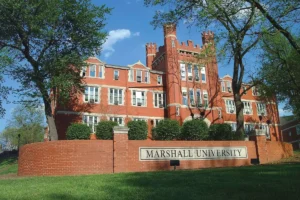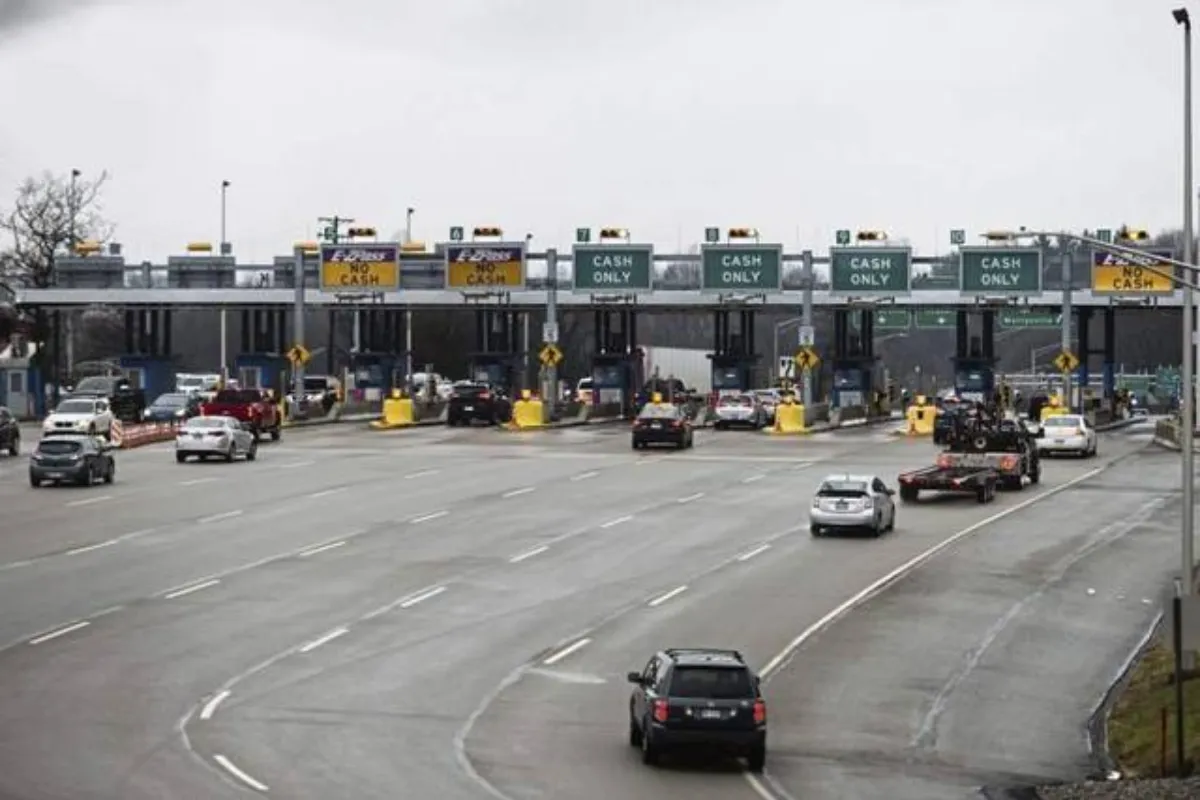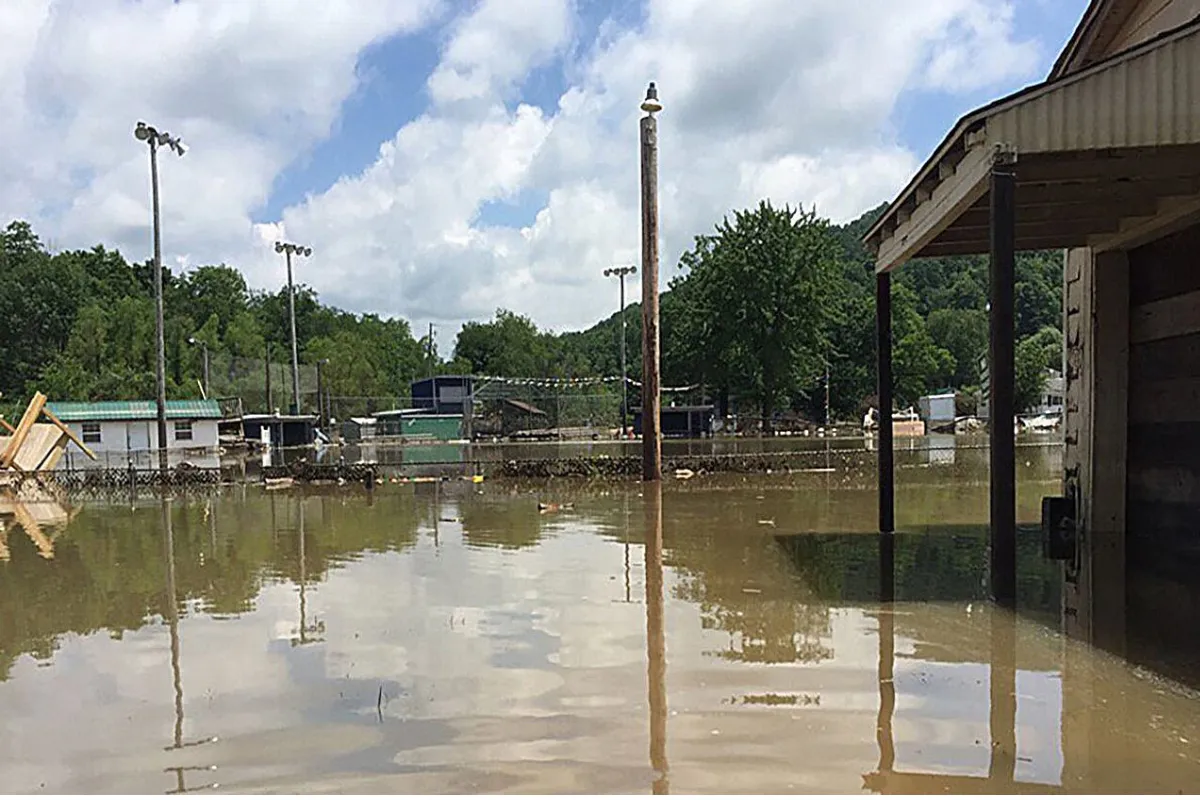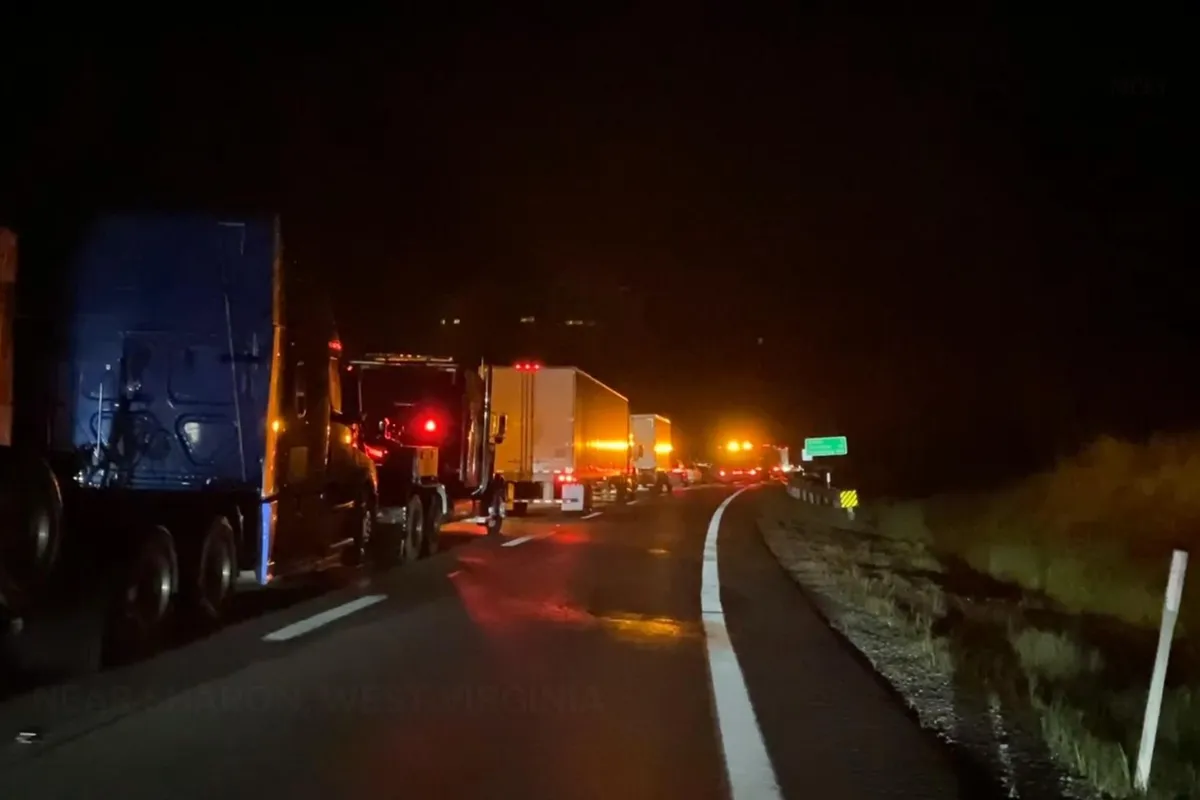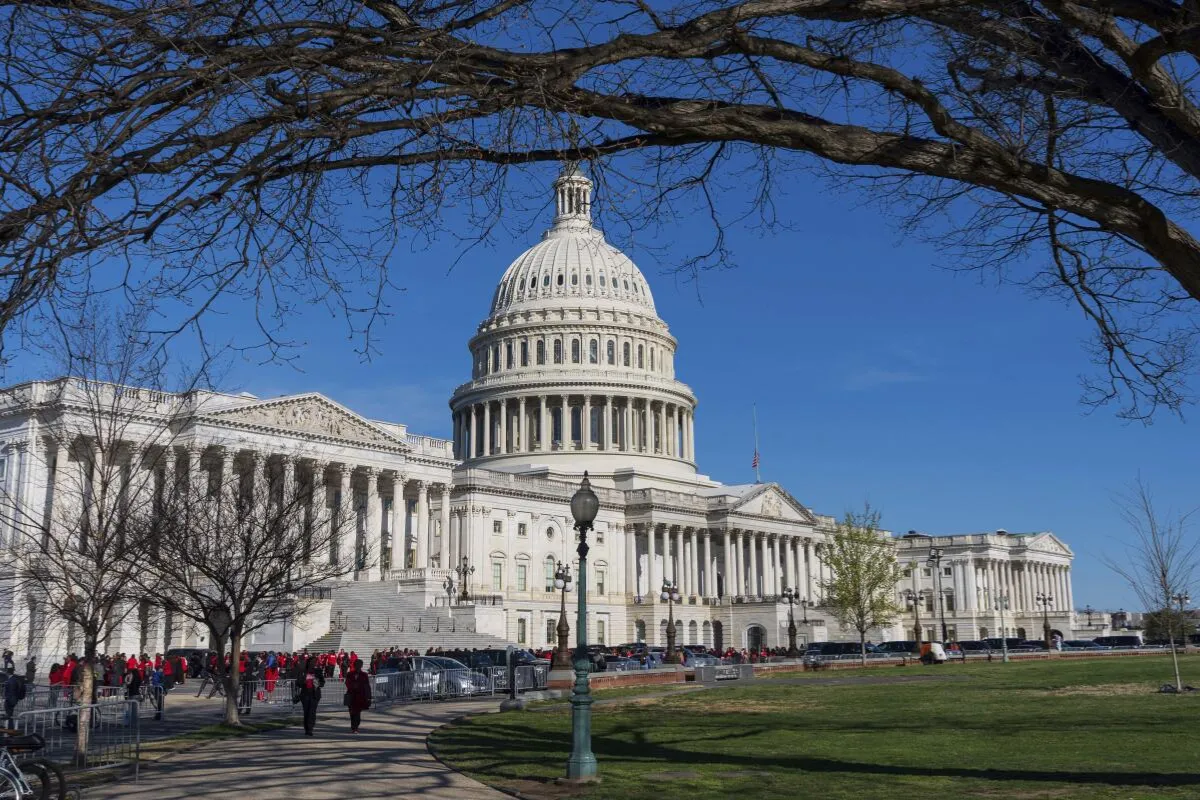The reporter begins his trip in western Pennsylvania. He notes that the most efficient route to the West Virginia oil fields is to take the train from Meadville to Wheeling.
From Wheeling, travelers had two main options: a late-night train via the Baltimore and Ohio Railroad or a more scenic steamboat ride down the Ohio River to Parkersburg.
He recommends the steamboat in the summer, calling it the more pleasant option. The slower pace and river views seemed to offer a needed break from the rougher edges of train travel in those days.
A Night in Parkersburg
Arriving in Parkersburg at midnight, the reporter secures a room at the Spencer House, though many were turned away due to crowding. From his window the next morning, he enjoys a view of the Ohio River and the head of Blennerhassett Island—once the site of Aaron Burr’s controversial schemes.
At the time, Parkersburg had around 5,000 residents and a growing infrastructure: three hotels, several restaurants, banks, and churches.
Though small, the town showed promise as a business hub, having served as a Union supply post during the Civil War. Battery Boorman (now Fort Boreman), perched on a bluff south of town, once guarded the river with a modest force.
The reporter also notes that Governor Arthur I. Boreman resided in Parkersburg and that plans were underway to make it the capital of West Virginia. A new daily newspaper was also about to launch, a symbol of the town’s post-war ambitions.
Changing Plans and a New Companion
Originally, a local gentleman had planned to join the reporter on the trip to Burning Springs. But rumors of a dangerous fugitive lurking in the area caused him to back out. Fortunately, the reporter found a new travel companion: Major Caleb Page of Boston, who was familiar with the route and eager to help.
Symbols of Loyalty Along the Road
One memorable stop on the journey came just four and a half miles outside Parkersburg. There, the reporter spotted an American flag flying proudly from the top of an apple tree.
This flag had been raised early in the Civil War—the first in West Virginia—and had stood ever since, except for a brief moment when rebels tore it down. The woman who originally hoisted it quickly replaced it even higher. Her family remained known—and disliked by Confederate sympathizers—for their unwavering loyalty to the Union.
To Be Continued…
This account ends with the journey just beginning. But even in these early entries, the landscape of post-Civil War West Virginia comes alive—its politics, its promise, and its people.


